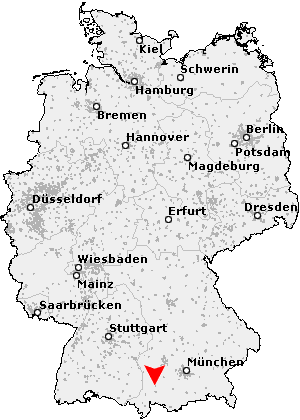
This is a blog describing some thoughts about issues related to event processing and thoughts related to my current role. It is written by Opher Etzion and reflects the author's own opinions
Saturday, July 12, 2008
On messages and events

Thursday, July 10, 2008
On EuroPLoP and Event Processing Patterns

More about my tutorial in DEBS 2008 - Paul Vincent from TIBCO has taken a picture of a slide that I've presented with different computer (due to some unclear technical problem) with probably different character set (Paul also blogged about this slide) - in footnote 1. Paul has been kind enough to send me the picture - so here it is, you may see some unknown characters...

More about patterns - soon.
Wednesday, July 9, 2008
On the multiple types of patterns in event processing


In this slide there are four possible meanings for patterns in event processing:
Tuesday, July 8, 2008
On formal models and agents

This is an aerial picture of Karlsruhe, in Germany. It is morning, I have the habbit to get up early, so have some time for Email and Blogging (this hotel does have internet connection in the room!). Here I am a guest of the FZI team that is trying to apply semantic models to event processing, which is one of my recent occupations. One of the property of researchers everywhere (and IBM is not different) that they are constantly looking for research funding - since one of the available sources in this region is EU projects, researchers from the relevant countries (and Israel is part of the EU, for the sake of the R&D programs), so there is a need to join forces. The FZI group is looking at applying transaction logic as a formal model for both validation and run-time control of event processing applications. I am in favor of having formal model behind event processing to define precisely the semantics. A model that will succeed should also be relatively simple. I was asked whether I see a possibility to have a single formal model that inclues all variations of event processsing - and my answer is that my assumption is that this is possible.
Dealing with formal models - I have been asked by several people about the choice I've made in my DEBS 20008 tutorial to define "event processing agent" as an atomic unit of processing.
First - I agree that the term agent is overloaded, like many other terms -- event processing agent is not (necessarily) an intellignet agent, it is more a software agents. The glossary defines agent as a software module that processes events. I have making a distinction between conceptual agent and run-tine agent - the run-time agent may consist of multiple conceptual agents, and the decision is up to self-optimization process (will write about optimization issues in one of the next blogs). It is easier to reason (and optimize) when the abstraction deals with atomic elements. Whether should be called - "atomic agent" - may be. I prefer shorter names, and since this does not contradict the original definition. more - later.